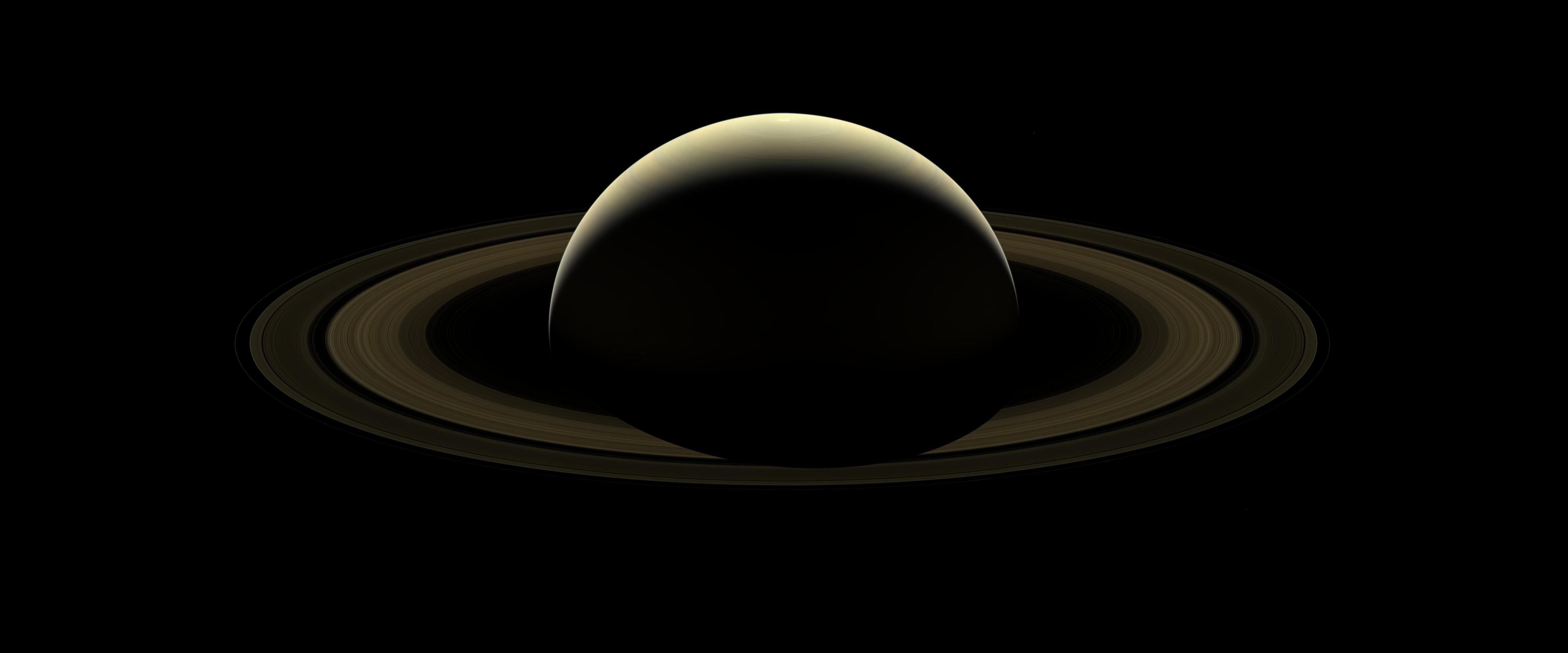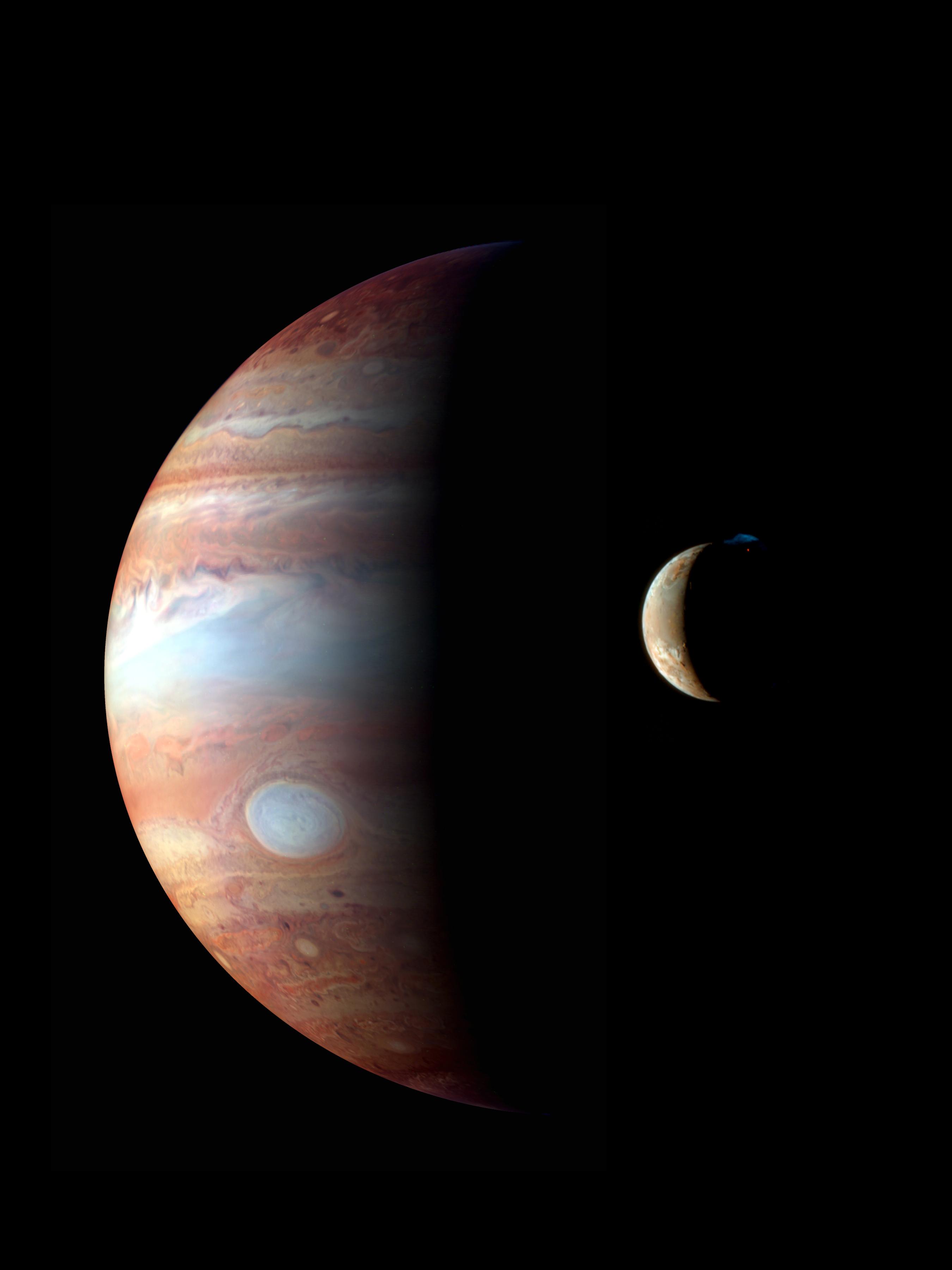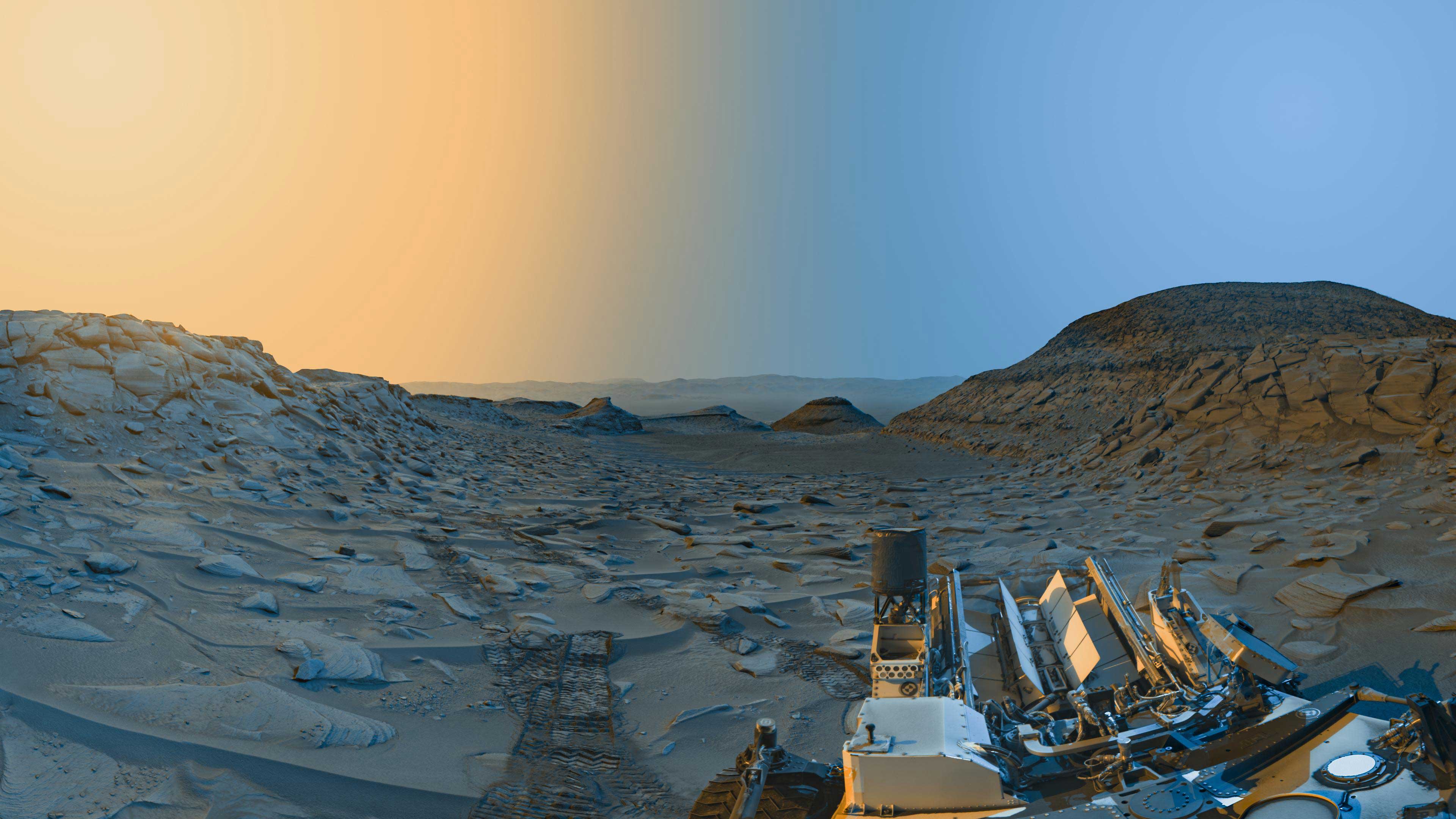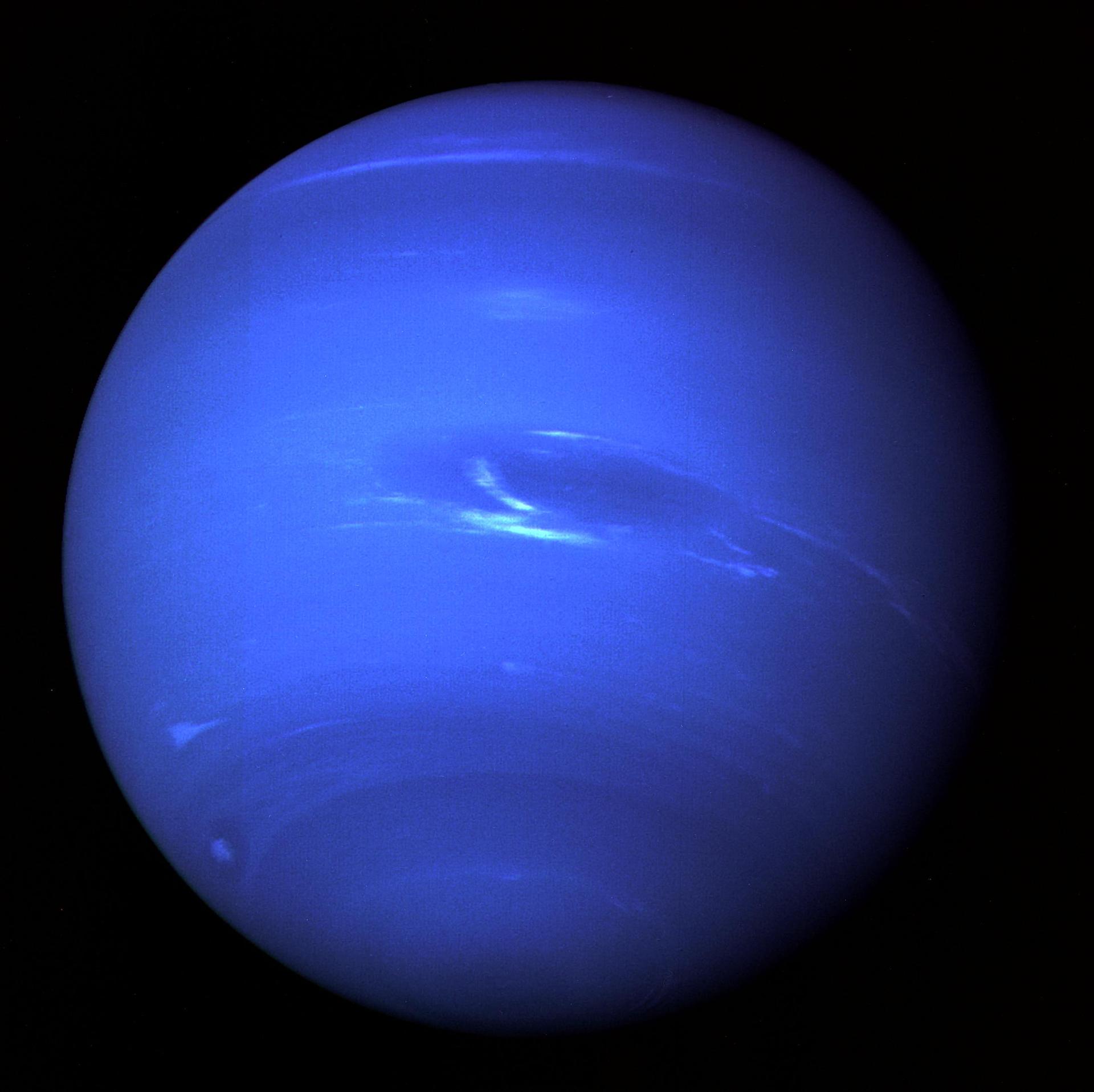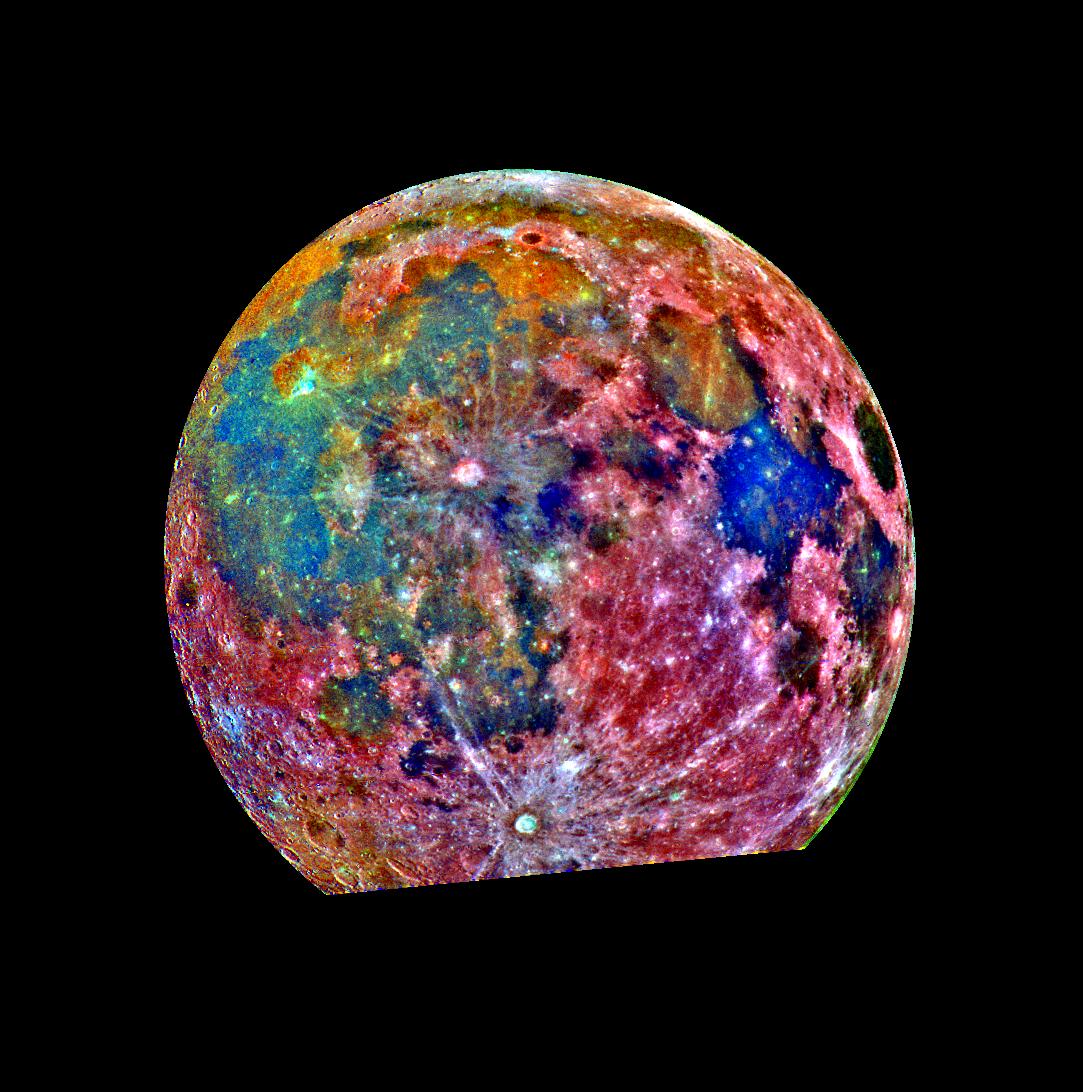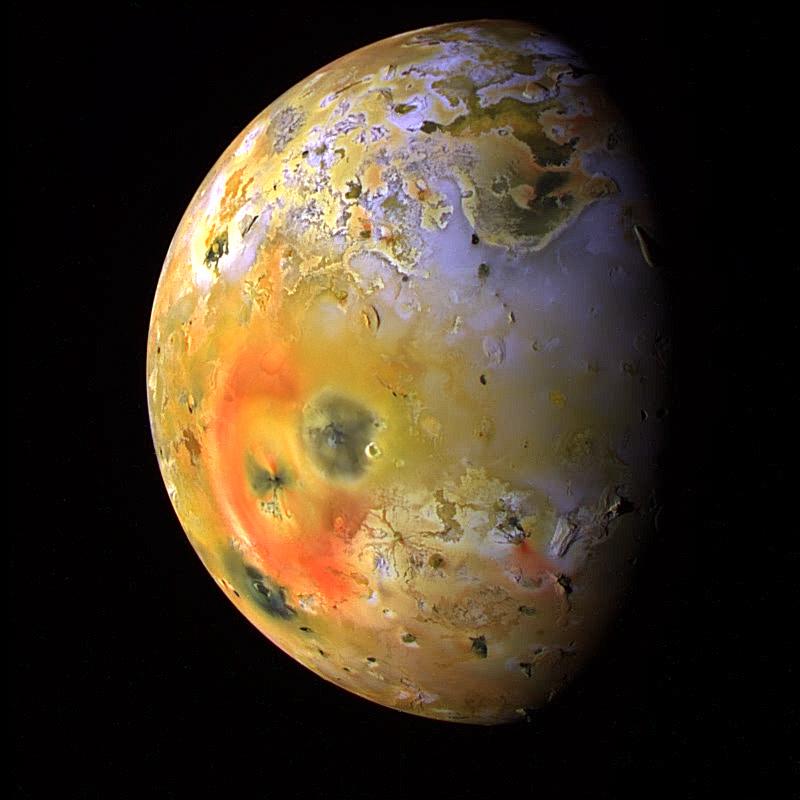Radioisotope Power Systems
NASA RPS Missions
The U.S. Navy launched the first radioisotope power system in 1961. A total of 24 NASA missions have successfully flown with an RPS since 1969. One new mission — NASA's Dragonfly quadcopter — is in development.
Active and Future Missions

DRAGONFLY | Future Mission
Power for this proposed quadcopter mission to Saturn's Moon Titan would be supplied by a Multi-Mission Radioisotope Thermoelectric Generator (MMRTG) mounted in a cylinder on the back of the drone.
Proposed Launch: July 2028
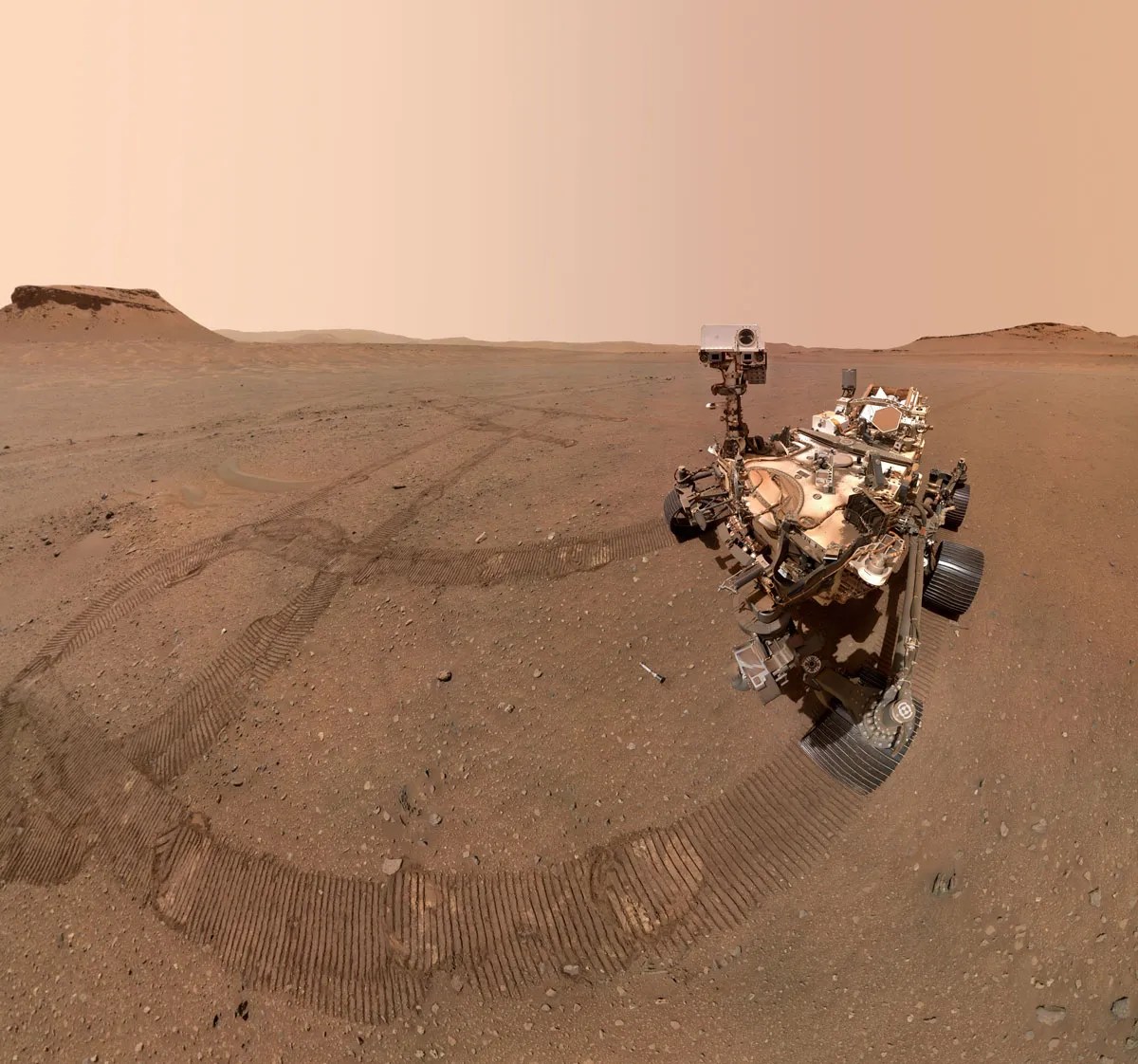
MARS PERSEVERANCE ROVER | Active Mission
The Perseverance rover is powered and warmed by a Multi-Mission Radioisotope Thermoelectric Generator (MMRTG). The rover continues to collect samples on the surface of Mars.
Launch: July 30, 2020 | 11:50 UTC
Mars Landing: Feb. 8, 2021 | 20:55 UTC

MARS CURIOSITY ROVER | Active Mission
The Curiosity rover is powered and warmed by a Multi-Mission Radioisotope Thermoelectric Generator (MMRTG). The rover has been exploring the surface of Mars since landing in 2012.
Launch: Nov. 26, 2011 | 15:02 UTC
Mars Landing: Aug. 6, 2012 | 05:32 UTC

NEW HORIZONS | Active Mission
New Horizons is powered by a single radioisotope thermoelectric generator (RTG). The compact, rugged General Purpose Heat Source (GPHS)-RTG aboard New Horizons carries approximately 24 pounds (11 kilograms) of plutonium oxide fuel.
Launch: Jan. 19, 2006 | 19:00 UTC
Pluto Flyby: July 14, 2015 | 11:48:45 UTC
Arrokoth Flyby: Jan. 1, 2019 | O:533 UTC

VOYAGER 1 | Active Mission
Voyager 1 is powered by Multi-Hundred Watt Radioisotope Thermoelectric Generators (MHW-RTGs) and warmed by nine radioisotope heater units (RHUs). The MHW-RTGs produced about 158 Watts each at launch in 1977. Voyager power was in stable operation at 225 We in November 2023.
Launch: Sept. 5, 1977 | 12:56:01 UTC
Jupiter Flyby: Mar. 5, 1979
Saturn Flyby: Nov. 12, 1980
Entered Interstellar Space: Aug. 25, 2012

VOYAGER 2 | Active Mission
Voyager 2 is powered by Multi-Hundred Watt Radioisotope Thermoelectric Generators (MHW-RTGs) and warmed by nine radioisotope heater units (RHUs). The MHW-RTGs produced about 158 Watts each at launch in 1977. Voyager 2's power was in stable operation at 225 We in April 2024.
Launch: Aug. 20, 1977 | 14:29:44 UTC
Jupiter Flyby: July 9, 1979
Saturn Flyby: Aug. 26, 1981
Uranus Flyby: Jan. 24, 1986
Neptune Flyby: Aug. 25, 1989
Entered Interstellar Space: Nov. 5, 2018
The Voyagers owe their ability to operate at such great distances from the Sun to their nuclear electric power sources, which provide the electrical power they need to function.
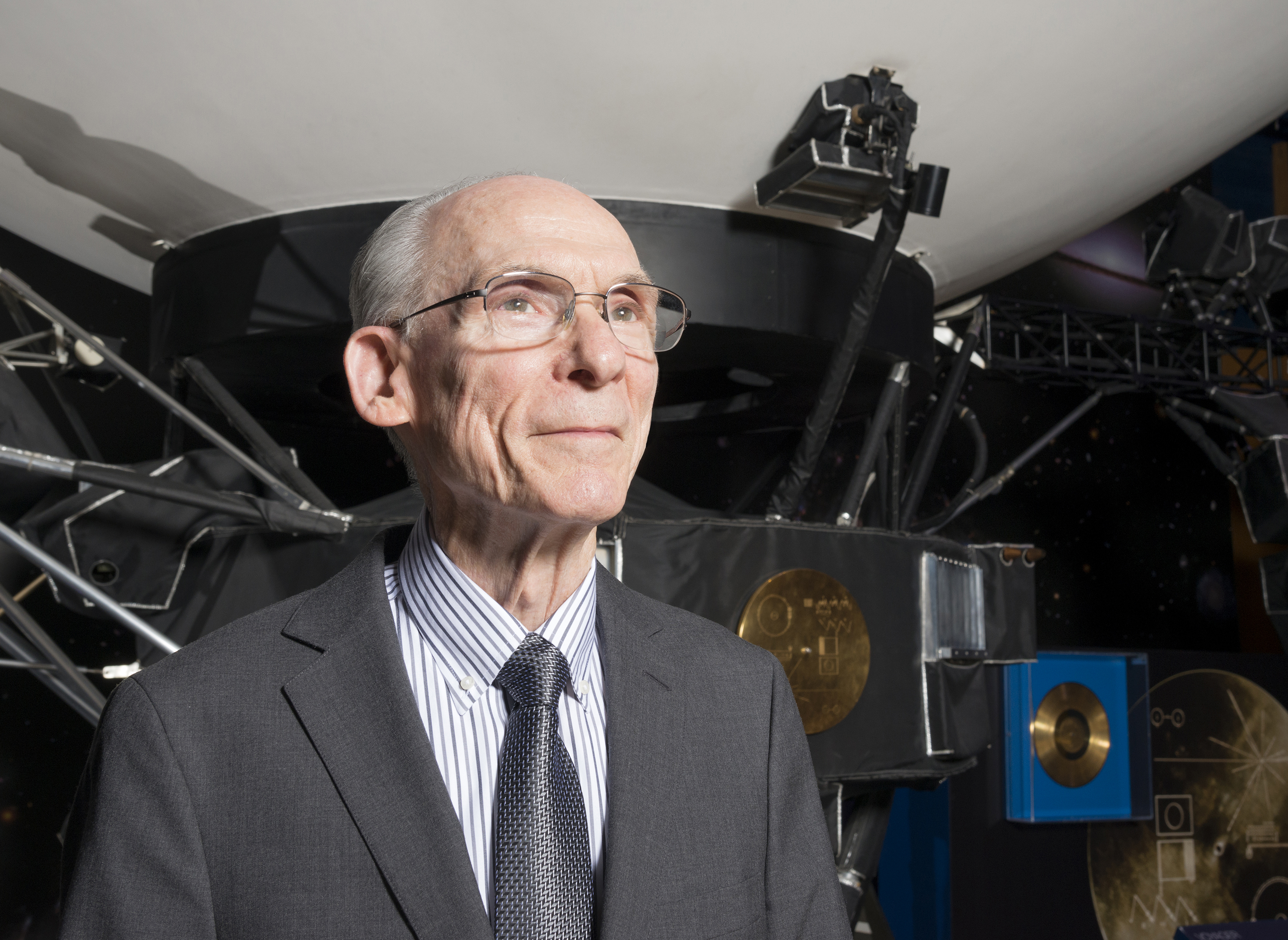
Dr. Edward Stone (1936-2024)
Former Voyager Project Scientist
Past Missions

MARS EXPLORATION ROVER OPPORTUNITY (2003-2019)
Opportunity was a solar-powered rover that used eight radioisotope heater units (RHUs) to heat its instruments during cold Martian nights. The rover explored Mars for almost 15 years, far beyond its planned 90 day mission.
Launch: July 8, 2003 | 03:18:15 UTC
Landing: Jan. 25, 2004 | 04:54:22.7 UTC
End of Mission: Feb. 13, 2019

MARS EXPLORATION ROVER SPIRIT (2003-2011)
Spirit was a solar-powered rover that used eight radioisotope heater units (RHUs) to heat its instruments during cold Martian nights. The rover explored Mars for more than six years, far beyond its planned 90 day mission.
Launch: July 7, 2003 | 17:58:46 UTC
Landing: Jan. 4, 2004 | 04:35 UTC
End of Mission: May 25, 2011

CASSINI-HUYGENS (1997-2017)
The Cassini-Huygens mission was powered and heated by three general purpose heat source radioisotope thermoelectric generators (GPHS-RTG) and 117 radioisotope heater units (RHUs). The Cassini orbiter carried the RTGs and 82 RHUs. The Huygens Titan probe carried 35 RHUs.<br><strong>Launch: </strong>Oct. 15, 1997 | 08:43:00 UTC<br><strong>Saturn Orbit Insertion:</strong> July 1, 2004 | 02:48 UTC<br><strong>End of Mission:</strong> Sept. 15, 2017 | 11:55:46 UTC

MARS PATHFINDER SOJOURNER ROVER (1997)
Sojourner was a solar-powered rover that used three radioisotope heater units (RHUs) to heat its instruments during cold Martian nights. The rover explored Mars for 83 days.
Launch: July 7, 2003 | 6:58:00 UT
Landing: July 4, 1997 | 16:56:55 UTC
End of Mission: Sept. 27, 1997

ULYSSES (1990-2009)
The international Ulysses mission used a general purpose heat source radioisotope thermoelectric generator (GPHS-RTGs) to power its long orbits from Jupiter to the poles of the Sun. The spacecraft explored the Sun and our solar system for more than 18 years.
Launch: Oct. 6, 1990 | 11:47:16 UTC
First Solar Polar Pass (Southern): June-Nov. 1994
First Solar Polar Pass (Northern): June-Sept. 1995
Closest approach to Sun (124 million miles or 200 million km): Mar. 12, 1995
End of Mission: June 30, 2009

GALILEO (1989-2003)
Galileo was powered and warmed by two general purpose heat source radioisotope thermoelectric generators (GPHS-RTGs) and 120 radioisotope heater units (RHUs). The orbiter included 103 RHUs while its atmospheric probe carried 17. Galileo's mission ended after 14 years in space.
Launch: Oct. 18, 1989 | 16:53:40 UTC
Jupiter Orbit Insertion: Dec. 8, 1995
End of Mission: Sept. 21, 2003 | 19:43:14 UTC

VIKING 1 (1976-1982)
The Viking 1 lander was powered by two SNAP-19 radioisotope thermoelectric generators (RTGs). SNAP stands for Systems for Nuclear Auxilliary Power. Viking 1 operated on the surface of Mars for more than six years.
Launch: Aug. 20, 1975 | 21:22:00 UTC
Mars Orbit Insertion: June 19, 1976
Landing: July 20, 1976 | 11:53:06 UTC
End of Orbiter Mission: Aug. 7, 1980
End of Lander Mission: Nov. 11, 1982

VIKING 2 (1976-1980)
The Viking 2 lander was powered by two SNAP-19 radioisotope thermoelectric generators (RTGs). SNAP stands for Systems for Nuclear Auxilliary Power. Viking 2 operated on the surface of Mars for almost four years.
Launch: Sept. 9, 1975 | 18:39:00 UTC
Mars Orbit Insertion: Aug. 7, 1976
Mars Landing: Sept. 3, 1976 | 22:58:20 UT
End of Orbiter Mission: July 24, 1978
End of Lander Mission: April 12, 1980

PIONEER 11 (1973-1995)
Pioneer 11 was powered and heated by four SNAP-19 radioisotope thermoelectric generators (RTGs), with heat from twelve radioisotope heater units (RHUs). First to fly past Saturn, the spacecraft transmitted data back to Earth for 22 years.
Launch: April 6, 1973 | 02:11:00 UTC
Jupiter Flyby: Dec. 3, 1974
Saturn Flyby: Sept. 1, 1979
End of Mission: Nov. 24, 1995

PIONEER 10 (1973-2003)
Pioneer 10 was powered and heated by four SNAP-19 RTGs, with heat from twelve Radioisotope Heater Units (RHUs). First to fly past Jupiter, the spacecraft transmitted back to Earth for more than 30 years.
Launch: Mar, 2, 1972 | 01:49:04 UTC
First Through Main Asteroid Belt: July 1872
First to Jupiter (Flyby): Dec. 4, 1973
End of Mission: Jan. 23, 2003

APOLLO PROGRAM (1969-1972)
SNAP-27 radioisotope thermoelectric generators (RTGs) flew to the Moon aboard Apollos 11, 12, 13, 14, 15, 16, and 17. All but Apollo 13's were successfully deployed on the Moon to power long-lasting lunar surface experiments.<br><strong>End of Experiments:</strong> 1977
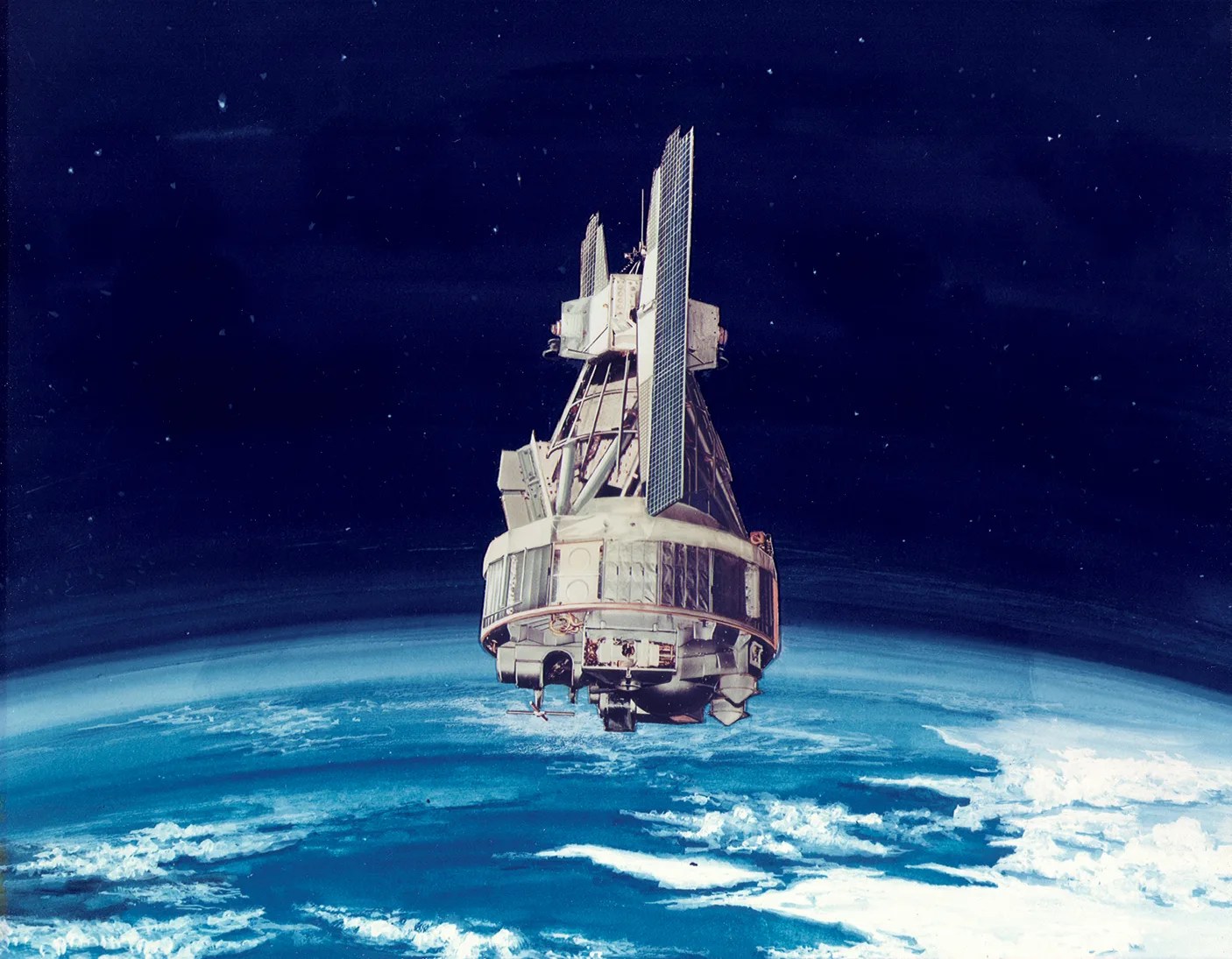
NIMBUS III (1968-1969)
Weather satellite Nimbus III was powered by 10,500 solar cells and two SNAP-19B3 radioisotope thermoelectric generators (RTGs). The RTGs were recovered and reused from the unsuccessful Nimbus B-1 launch.
Launch: April 14, 1969 | 07:54:03 UTC
End of Mission: Jan. 22, 1972
Powered by RPS: Great Shots from Around the Solar System
RPS Missions by Destination
RPS-enabled missions have contributed to scientific knowledge across the solar system — and beyond.
Sun | Ulysses (1990-2009 orbit) |
Venus | Cassini (2000 flyby) Galileo (1990 flyby) |
Earth | Cassini (1998 flyby ) Galileo (1990 and 1992 flybys ) Nimbus III (1969-1972) |
Earth's Moon | Apollo 11-17 (Apollo Lunar Surface Experiment Package (1969-1977) |
Mars | Perseverance Rover (2020 - Present) Curiosity Rover (2012 - Present) +Opportunity Rover (2004-2018) +Spirit Rover (2004-2011) +Sojourner Rover (1997) Viking 2 Lander (1976-1982) Viking 1 Lander (1976-1980) |
Asteroids | Galileo (1991 and 1993 flybys) |
Jupiter and its Moons | New Horizons (2007 Flyby) Galileo (1995-2003 orbit) | +Galileo atmospheric probe (1995 descent) Ulysses (1991 flyby, 2004 flyby) Cassini (2000 Flyby) Voyager 1 (1979 flyby) Voyager 2 (1979 flyby) |
Saturn and its Moons | Cassini-Huygens (2004-2017) | +Huygens Titan probe (2005) Voyager 1 (1980) Voyager 2 (1980) Pioneer 11 (1973) |
Uranus and its Moons | Voyager 2 (1986 flyby) |
Neptune and its Moons | Voyager 2 (1989 flyby) |
Pluto and its Moons | New Horizons (2015 flyby) |
Kuiper Belt | New Horizons (2019 flyby) |
Comets | Galileo (1994 observation) |
Interstellar Space | Voyager 1 (2012-Present) Voyager 2 (2018-Present) Note: Pioneers 10 and 11 and New Horizons also are on interstellar trajectories. |
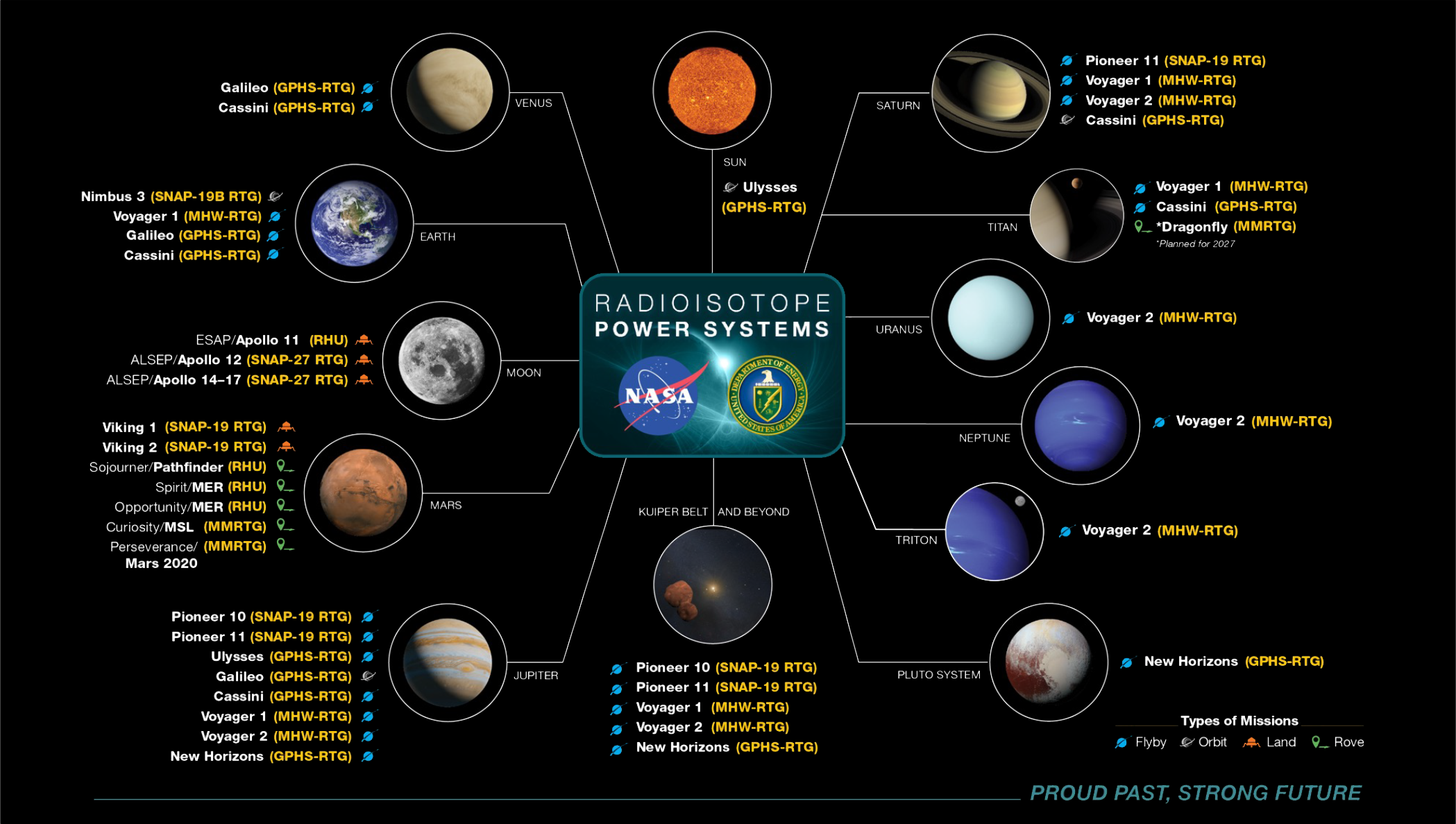
NASA RPS Missions by Type
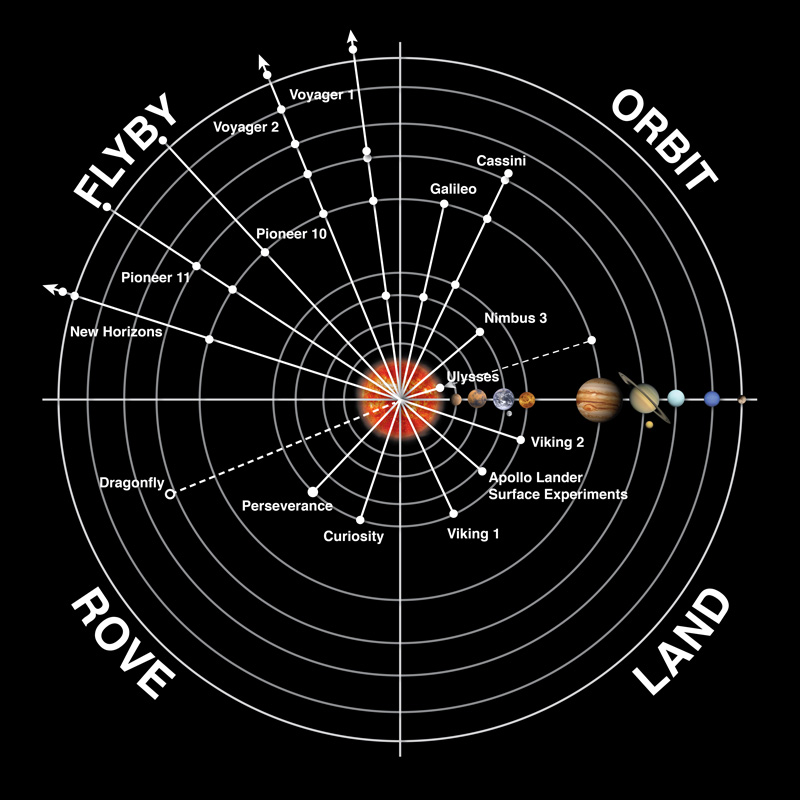
NASA RPS Missions List
Mission | Power Source | RHUs | Type | Launch Date | Outcome |
|---|---|---|---|---|---|
SNAP-19 B2 | Meteorology (Earth) | 5/18/1968 | Unsuccessful | ||
SNAP-19 B3 | Meteorology (Earth) | 4/14/1969 | Successful | ||
Apollo 11 ALSEP | Solar | 2 | Lunar Experiment | 7/16/1969 | Successful |
SNAP-27 | Lunar Experiment | 11/14/1969 | Successful | ||
SNAP-27 | Lunar Experiment | 4/11/1970 | Unsuccessful | ||
SNAP-27 | Lunar Experiment | 1/31/1971 | Successful | ||
SNAP-27 | Lunar Experiment | 7/26/1971 | Successful | ||
SNAP-19 | 12 | Jupiter Flyby | 3/2/1972 | Successful | |
SNAP-27 | Lunar Experiment | 4/16/1972 | Successful | ||
SNAP-27 | Lunar Experiment | 12/7/1972 | Successful | ||
SNAP-19 | 12 | Jupiter Flyby Saturn Flyby | 4/5/1973 | Successful | |
SNAP-19 | Mars Landing | 8/20/1975 | Successful | ||
SNAP-19 | Mars Landing | 9/9/1975 | Successful | ||
MHW-RTG | 9 | Jupiter Flyby Saturn Flyby Uranus Flyby Neptune Flyby Interstellar Space | 8/20/1977 | In Flight | |
MHW-RTG | 9 | Jupiter Flyby Saturn Flyby Interstellar Space | 9/5/1977 | In Flight | |
GPHS-RTG | 120 | Jupiter Orbiter | 10/18/1989 | Successful | |
GPHS-RTG | Jupiter Flybys Solar Orbiter | 10/6/1990 | Successful | ||
Solar | 3 | Mars Rover | 12/4/1996 | Successful | |
GPHS-RTG | 117 | Saturn Orbiter | 10/15/1997 | Successful | |
Solar | 8 | Mars Rover | 6/10/2003 | Successful | |
Solar | 8 | Mars Rover | 7/7/2003 | Successful | |
GPHS-RTG | Pluto Flyby KBO Flyby | 1/19/2006 | In Flight | ||
MMRTG | Mars Rover | 11/26/2011 | Exploring Martian Surface | ||
MMRTG | Mars Rover | 7/30/2020 | Exploring Martian Surface | ||
MMRTG | Titan Moon Rover (Saturn) | ~2028 | Future Mission |


